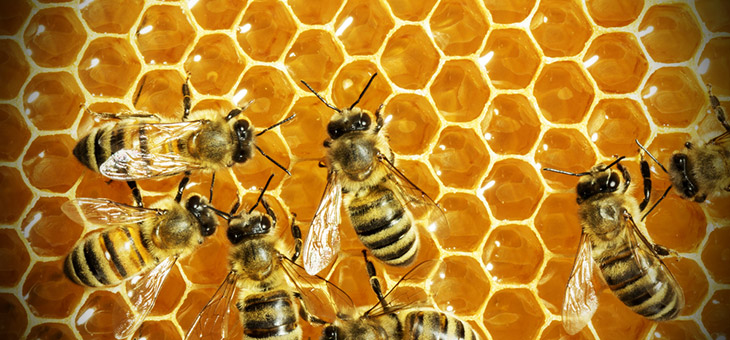Did you follow the recent Australian honey scandal? In October, a joint Fairfax-ABC investigation revealed that one in five samples of local honey found along the eastern part of the country was fake. This included boutique brands and Australian-made honey found in many supermarkets.
Of the 38 honey samples sources from markets and supermarkets, it was discovered that 18 per cent (almost one in five) contained some adulteration.
This massive breach in trust has left a sour taste in the mouths of Aussie consumers, who are left questioning whether their honey is in fact the real deal or just a sweetened counterfeit.
A quick Google search returns numerous suggestions of how to test whether your honey is pure or fake. One test, called the ‘water test’, involves dripping honey into a glass of water to check whether it dissolves – adulterated honey supposedly dissolves, while pure honey settles at the bottom.
Another apparent testing method, the ‘flame test’, requires you to dip the tips of a dry matchstick in the honey and strike it on the matchbox as if to light it. If the honey is pure, the match will light easily. Fake honey is said to contain more moisture and the match will not light, according to one website.
So, is either of these tests (or any others, for that matter) accurate in detecting the purity of honey?
According to Dr Peter Brooks, a chemist who tests honey in labs at the University of the Sunshine Coast, it’s unlikely. This is due to the varying consistencies found in natural honeys.
“Good fake honeys are made to mimic a real honey, and they’re very hard to tell the difference between them sometimes. I don’t think you can tell the difference on these simple tests,” he says.
“I’ve seen honeys that are really thin, as in they’re not very viscous, and others they are highly viscous or crystalline, and they’re still honeys, they’ve just come from different trees. So some would pass this test, some would fail this thumb test, but they’re still honey – they just have different honeys,” Dr Brooks says.
So, if there’s no quick and easy way to check the purity of honey at home, what can you do to guarantee that you’re buying the real deal?
Professor Mark Taylor, along with a scientific team from the Faculty of Science and Engineering at Macquarie University, led the original honey-testing investigation. While he declined to reveal the names of the many brands that were sampled (to maintain the integrity of the study in the long-term), he says: “The only way to guarantee that you are getting real bona fide honey is to buy it from a local producer where you can see it coming out of the hive or produce your own honey yourself.”
There you have it: the best way to be sure your honey is legit is to go straight to the source (or, well, the hive).
What are your thoughts about the honey scandal? Have you bought honey that you suspect is fake?
Related articles:
This is the world’s oldest colour?
What you don’t know about sneezing
The truth about honey

